Was Medieval Iceland a Libertarian Society? With Dr. Mathias Nordvig
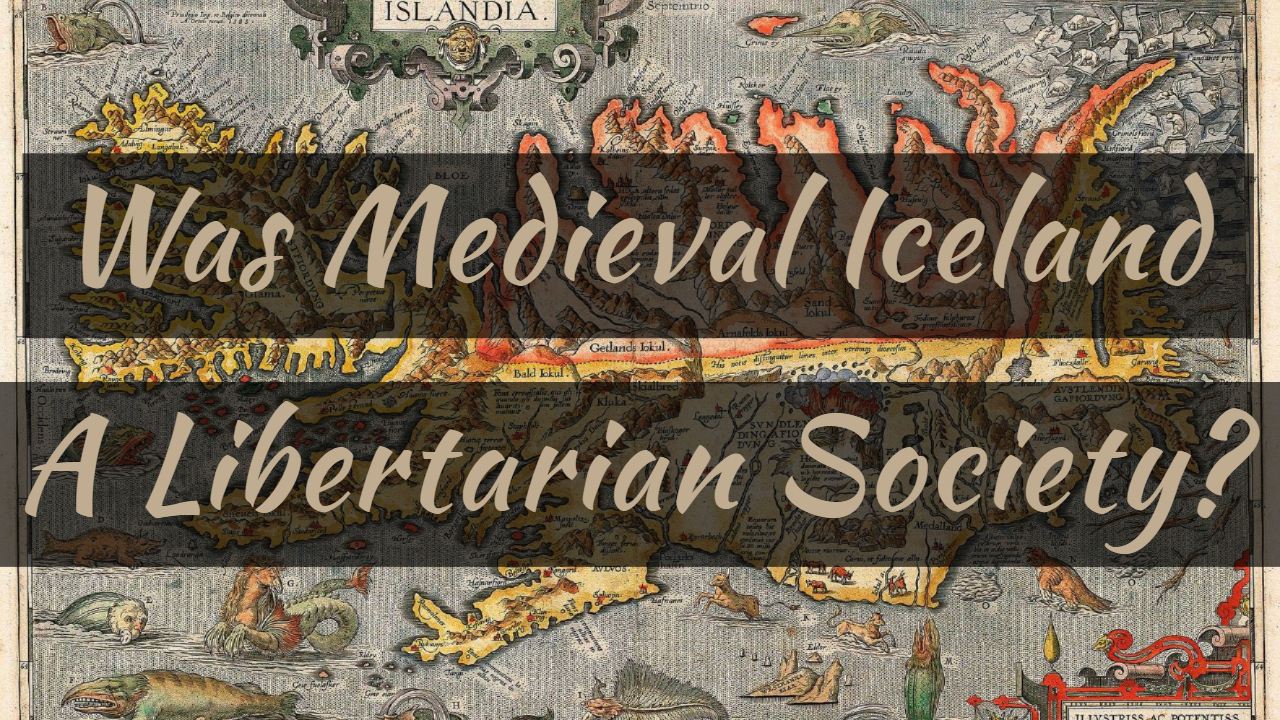
For over a century different social and political groups have described Medieval Iceland as alternately a liberal democracy or an anarcho-libertarian society. But was it?
Together with Dr. Mathias Nordvig of the Nordic Mythology Channel, we have begun an exploration into this topic, and while it appears to be a simple question the answer is rather complicated.

Dr. Nordvig is a visiting associate professor of Nordic and Arctic studies at the University of Colorado in Boulder. His primary specialties related to this topic are Icelandic history and saga literature. Primary information about Dr. Nordvig can be found at The Nordic Mythology Channel and on his YouTube Channel.
Historical Background of Medieval Iceland
Iceland today exists as a liberal democracy, and the roots of this tradition are very deep. During the medieval period, Iceland had what can at best be called a minimalist government that looked quite similar to what modern, anarcho-libertarian thinkers promote for society today.
The history of Iceland goes back to the 9th century and has always been marked by rugged independence. In 930 the Icelandic parliament, the Althing, was founded, and holds claim to being the oldest and longest running parliament in the world.
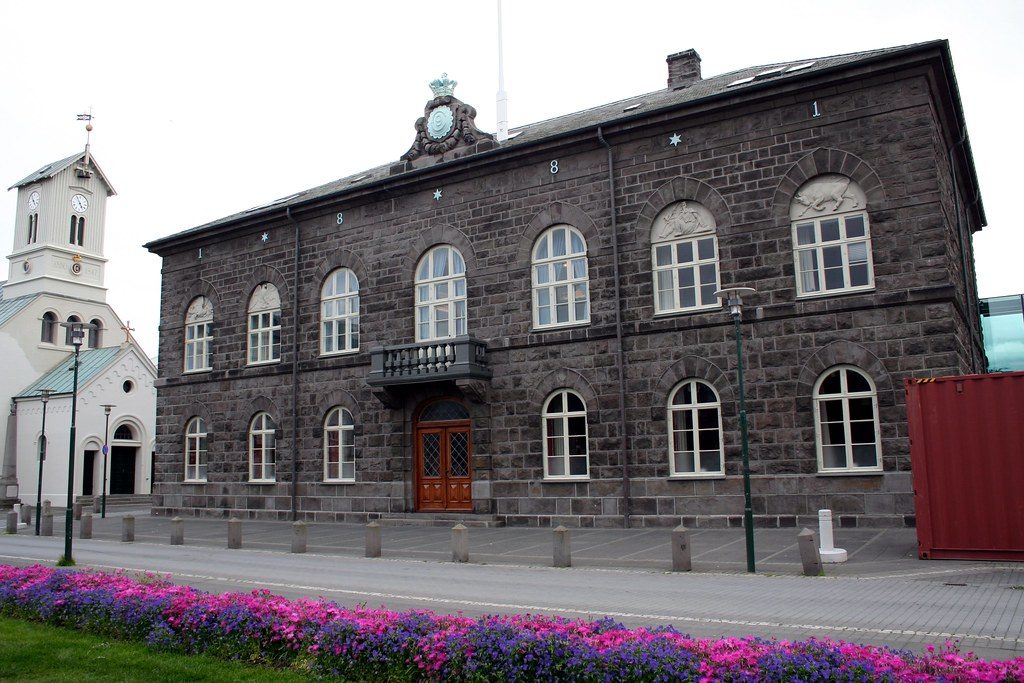
The Althing was the foundation of the Commonwealth of Iceland and ruled from 930 until 1262.
For 300 years, Iceland prospered and grew. Inequalities that started out small grew over time. By the 13th century, these inequalities created enough turmoil to threaten the fabric of society itself. Local representatives of the Althing, known as goðar, gained more and more power, coercively oppressing the vulnerable and less fortunate members of society.
The Althing only met for 2 weeks out of the year and was unable to cope with the rising inequalities. Eventually, the imbalances grew large enough for the goðar to undermine the Althing to the point where the people began to question its effectiveness.
In 1220 the King of Norway decided to intervene. Over the next 40 years Norway exercised coercive pressure on the Commonwealth and the local power brokers until the Commonwealth was added to the kingdom of Norway under the Old Covenant, signed in 1262.
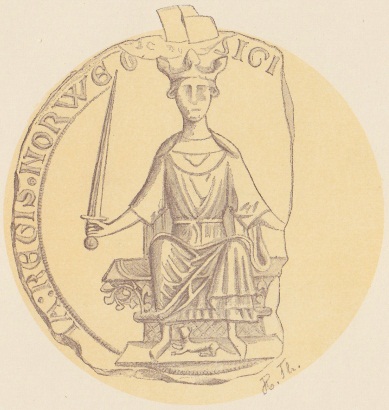
The Old Covenant was accepted by popular consent of the farmers and the church due to their lack of confidence in the ability of the Althing to protect their rights.
Modern Interpretations of Icelandic History
Today Icelanders are very proud of their long tradition of rugged independence, self-rule, and autonomy. In the 19th century, geographer Elisee Reclus and Russian anarchist Peter Kropotkin extolled the old Commonwealth for its lack of government and promotion of anarchic values.
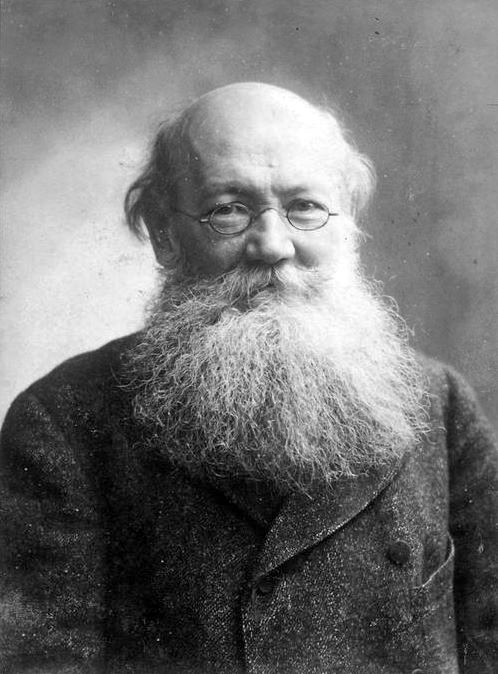
In 2002, the Mises Institute published the article, Medieval Iceland and the Absence of Government by Thomas Whiston which reinforced these ideas and cited Iceland as a government free zone.
The Mises Report cites isolation and mistrust of central authorities as enabling factors for Iceland’s medieval government.
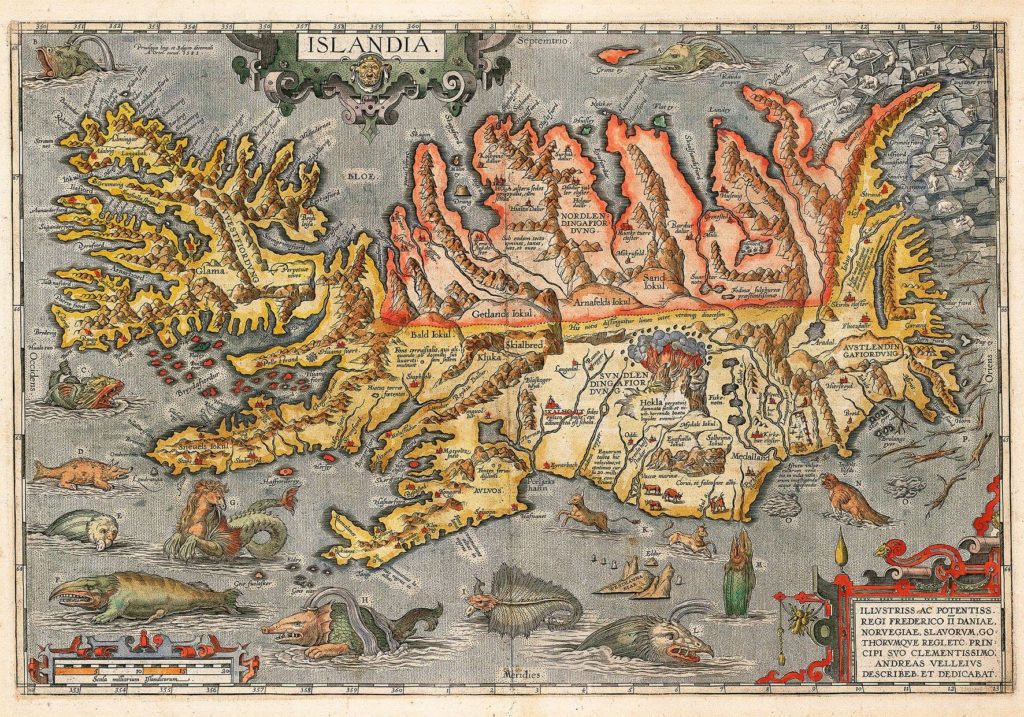
There is much to praise in the Commonwealth of Iceland, and many lessons to learn. The most important question remains: Can the Icelandic Commonwealth model, or portions thereof, work today? To get Dr. Nordvig’s final thoughts on this topic, you’ll need to watch the interview on YouTube.

Featured Image: “Reykjavik, Iceland” by Hildeborg is licensed under CC BY-NC-ND 2.0



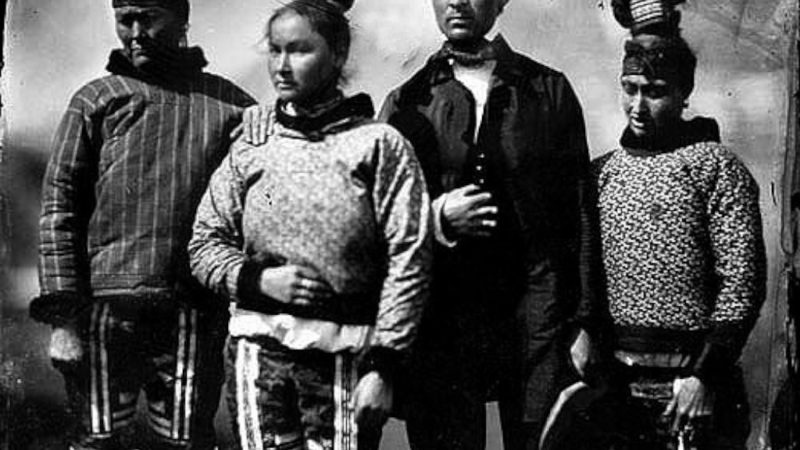
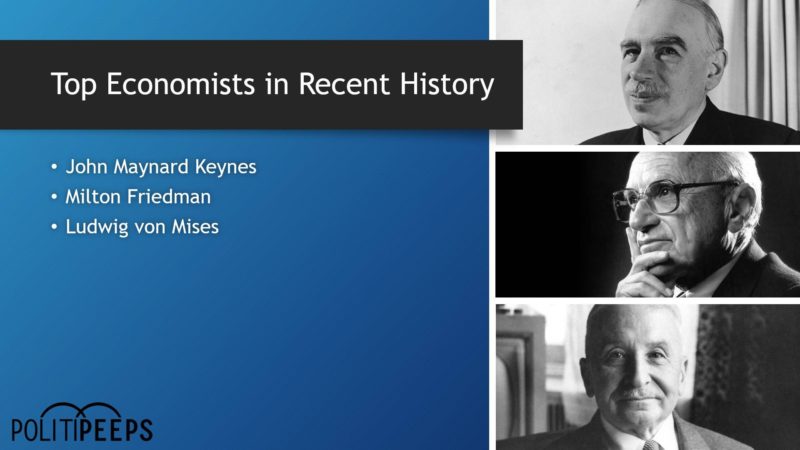
Facebook Comments